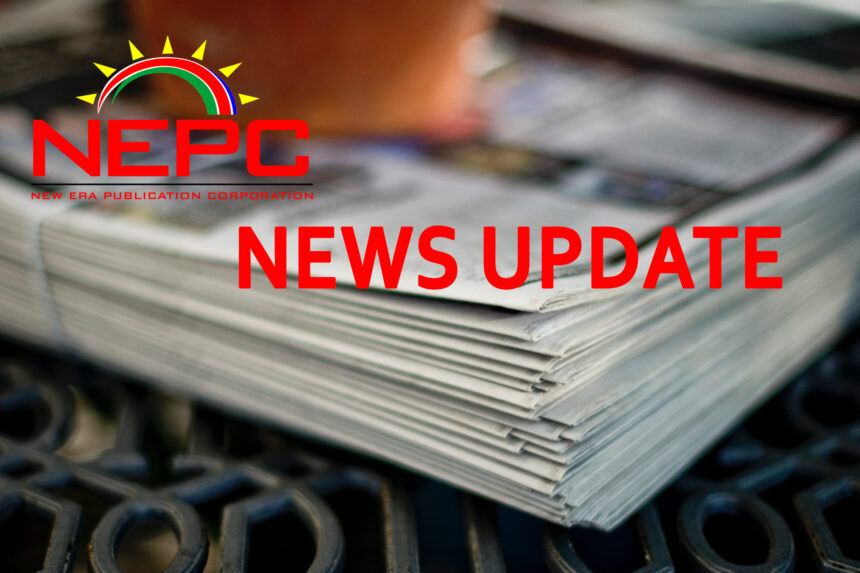The benefits from the current fixed one-to-one exchange rate arrangement between the Namibia Dollar and the South African Rand outweigh the costs, and delinking is not an option as it would severely negatively impact the domestic economy in various ways. Responding to the question about pegging from the Parliamentary Standing Committee on Economics and Public Administration this week, Deputy Governor of the Bank of Namibia (BoN) Ebson Uanguta said after a review, the peg is still necessary as it maintains stability in the domestic currency. He noted that unpegging the currency would be determined by basic economic dynamics. BoN spokesperson Kazembire Zemburuka also commented, saying unpegging the Namibian Dollar from the South African Rand will significantly increase inflation in the country.
“Inflation in Namibia is generally lower than the average inflation in sub-Saharan Africa. This benefit is largely attributed to the fact that through fixing the Namibia Dollar to the Rand, Namibia imports low inflation from South Africa. Hence, delinking could compromise this benefit and lead to high inflation,” he clarified.
Zemburuka added that Namibia’s current trade structure shows that about 60% of goods in the country are imported from South Africa, and unless this structure changes, the peg arrangement with the Rand continues to save the country substantive transactional costs.
Presently, Namibians who import goods from South Africa do not incur transaction costs, which would be the case if the Namibia Dollar was not linked to the Rand. Imports from South Africa are thus presently less expensive than they would have been if the Namibia Dollar was delinked.
Furthermore, Zemburuka said the peg makes tourism, travel and trade easier for Namibia: “Tourism, travel and trade between Namibia and South Africa is boosted in both directions due to the absence of an exchange rate risk. Overall, this has a positive impact on the economy.”
In this regard, it is the central bank’s firm view that the pegging arrangement remains in the best interest of Namibia. The current arrangement continues to achieve the primary objective of price stability through a peg exchange rate regime with the ultimate aim of promoting economic growth and development.
“In this regard, the Bank and the Ministry of Finance both believe that no other arrangement will deliver better on this overriding objective at present than the current arrangement,” Zemburuka noted.


